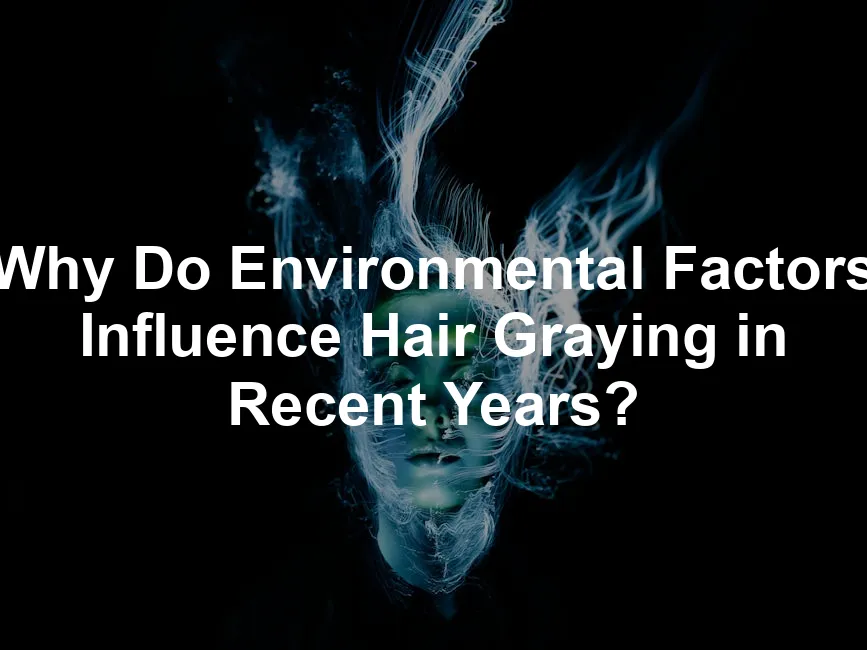
Why Do Environmental Factors Influence Hair Graying in Recent Years?
Introduction
Graying hair is often seen as an inevitable part of aging. However, what’s perplexing is the growing number of younger individuals sporting this silver crown. It seems our once vibrant locks are dimming faster than a light bulb on its last flicker!
Is our hair turning gray as a protest against our hectic lives, or are environmental factors stealing its color? It’s a question worth pondering, as the answer may reveal more about our lifestyles than we realize.
The aim of this article is to shed light on the various environmental factors contributing to hair graying, supported by scientific research and real-world anecdotes. From pollution to dietary deficiencies, let’s unravel the mystery of why our once lush manes are going gray at an alarming rate.
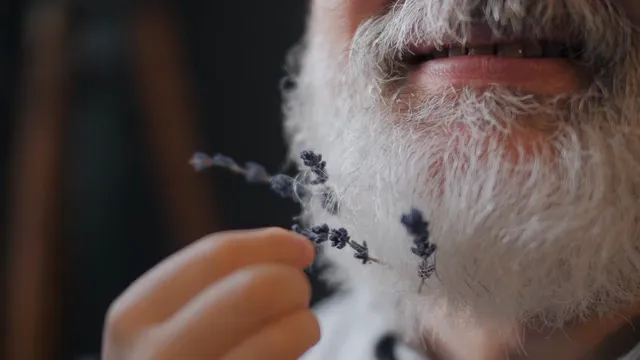
Summary of Key Points
Understanding hair graying starts with recognizing the biological process behind it. Hair pigmentation occurs primarily due to melanocytes, tiny cells responsible for producing melanin, the pigment that gives our hair its color. As we age, these melanocytes decline in number and function, leading to gray hair. But it’s not just age that plays a role.
Genetics certainly have their say, as some people inherit a predisposition to gray hair earlier than others. Yet, recent studies indicate that environmental factors are increasingly significant. Research shows a sharp rise in premature graying among younger populations, with statistics revealing that nearly 30% of individuals experience noticeable graying by their thirties.
Modern life is rife with stress, which can trigger hormonal changes affecting hair follicles. Stressors such as work pressures, societal expectations, and lifestyle choices can accelerate the graying process. Additionally, exposure to environmental pollutants—think smog, UV radiation, and even the chemicals in hair products—can wreak havoc on our hair health.
To add to the mix, nutritional deficiencies play a crucial role. Key vitamins and minerals, like Vitamin B12 and D3, are vital for healthy hair pigmentation. The lack of these nutrients can lead to a decrease in melanin production, prompting those early gray strands to appear.
Speaking of vitamins, if you’re looking for a little boost, why not try a Biotin Supplement? These little gems are known for promoting healthy hair and can be a game-changer in your hair care routine.
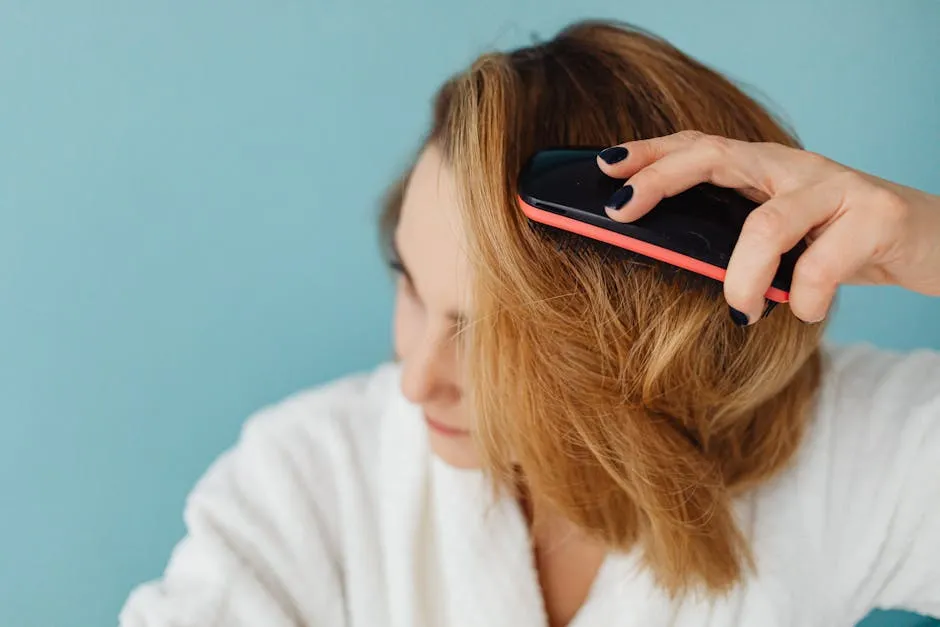
In conclusion, the interplay between genetics, lifestyle, stress, and environmental influences creates a perfect storm for premature hair graying. This raises an intriguing question: Could reversing environmental damage also reverse our graying hair? It’s a thought worth investigating as we navigate our way through the complexities of hair health.
Environmental Factors
Environmental factors play a significant role in the graying of hair. Three key contributors include pollutants, UV exposure, and dietary deficiencies.
Pollutants are everywhere, lurking in the air we breathe. Heavy metals, particulate matter, and other harmful substances can damage hair follicles. They increase oxidative stress, leading to premature graying. Picture this: every time you step outside, your hair is silently protesting against the toxic haze!
Next up, we have UV exposure. The sun may be our friend, but too much of it can wreak havoc on our hair. UV rays penetrate deep into the hair structure, damaging melanin—the pigment responsible for our hair color. Over time, this damage can lead to a loss of pigment, turning our once-vibrant locks into shades of gray. It’s like the sun is playing a cruel joke on your hair!

To combat this, consider using a Sunscreen Spray for Hair. It acts like SPF for your strands, giving them a fighting chance against those damaging rays!
Dietary deficiencies also contribute to this issue. Essential vitamins and minerals, such as B12, D3, and copper, are crucial for maintaining hair health. A lack of these nutrients can hinder melanin production, causing those pesky gray strands to appear. So, if your diet is more “fast food” than “fresh food,” your hair might just be giving you a glaring warning!
Understanding how environmental factors contribute to various health issues can provide insight into the broader implications of our surroundings.

Concluding Thought
Could reversing environmental damage also reverse our graying hair? It’s an intriguing thought. As we reflect on how our surroundings impact our well-being, perhaps there’s a way to restore our crowning glory to its youthful hue!
Environmental Stressors Contributing to Hair Graying
UV Radiation
Mechanism of Damage: UV radiation is more than just the sun’s way of giving you a tan; it’s a significant player in hair graying. When hair is exposed to UV rays, the damage occurs at a structural level. Specifically, UV radiation penetrates the hair shaft and disrupts the keratin structure, leading to a breakdown of melanin—the pigment that gives hair its color. This breakdown happens because UV rays generate reactive oxygen species (ROS), which oxidize melanin and diminish its production. Over time, this results in hair that is not only lighter but can also turn completely gray.
Research Findings: Studies have shown a direct correlation between UV exposure and hair pigmentation loss. For instance, research published in the Journal of Investigative Dermatology indicates that prolonged exposure to UV radiation can lead to a significant reduction in the number of melanocytes in hair follicles. These melanocytes are crucial for melanin production, and their decline is linked to the graying process. Additionally, a study found that hair exposed to UV light exhibited increased levels of oxidative stress markers, which are key contributors to premature graying.
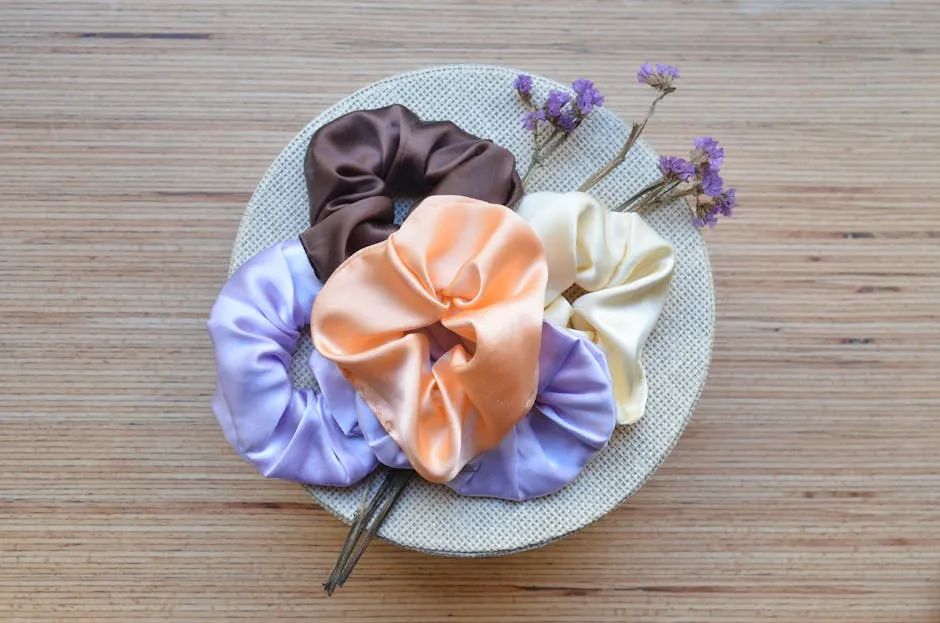
Pollution and Chemical Exposure
Types of Pollutants: Pollution is not just a city problem; it’s a hair problem too! Common environmental pollutants, including heavy metals, particulate matter, and volatile organic compounds (VOCs), can wreak havoc on hair health. These pollutants can accumulate on the scalp and hair, leading to oxidative stress. Heavy metals such as lead and cadmium, often found in urban areas, are particularly notorious for damaging hair follicles, which can result in hair texture changes and premature graying.
Hair Care Products: The irony of hair care is that some products meant to beautify can actually contribute to oxidative stress. Many hair treatments, dyes, and styling products contain harsh chemicals that can strip hair of its natural oils and pigments. For instance, hydrogen peroxide is often used in hair dyes and can cause oxidative damage, leading to a loss of color. A study published in the International Journal of Trichology highlights that frequent use of chemical hair treatments can lead to the depletion of melanin, resulting in premature graying. It’s a classic case of “what’s meant to help can sometimes hurt.”
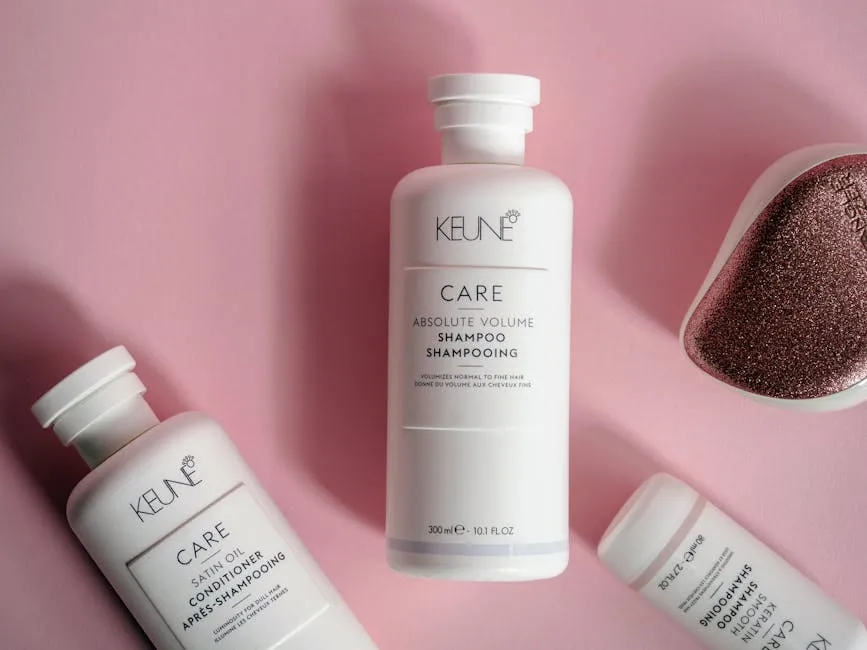
Nutritional Deficiencies
Vitamins and Minerals: Nutrition plays a pivotal role in maintaining vibrant hair color. Key nutrients linked to hair health include B vitamins (especially B12 and B9), vitamin D, and minerals like copper and zinc. A deficiency in these nutrients can impair melanin production, leading to increased instances of gray hair. For example, vitamin B12 is essential for DNA synthesis and red blood cell production; its deficiency can lead to pernicious anemia, which has been associated with gray hair, especially in younger adults.
Speaking of vitamins, consider adding Vitamin D3 Supplement to your routine. It’s essential for your overall health and can indirectly support your hair vitality!
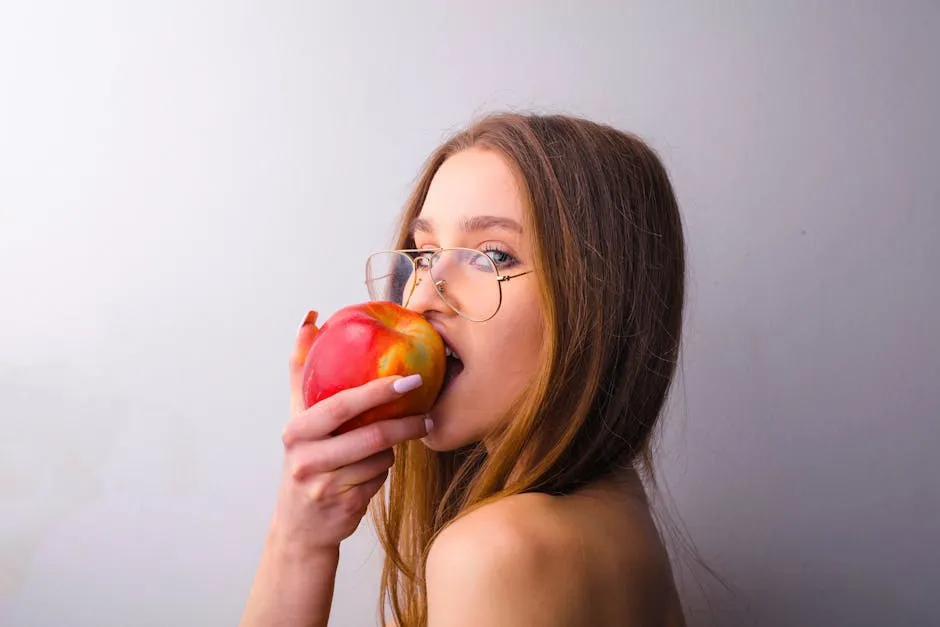
Dietary Recommendations: To keep those locks looking their best, it’s essential to consume a balanced diet rich in these vital nutrients. Foods such as leafy greens, nuts, seeds, fish, and dairy products can help maintain adequate levels of B vitamins and minerals. Including sources of antioxidants, like berries and green tea, can also combat oxidative stress, which is critical for hair health. A well-rounded diet can be the secret weapon in the battle against premature graying, ensuring your hair stays as vibrant as your spirit!
Stress and Lifestyle Factors
Psychological Impact
Stress is a sneaky culprit, often hiding behind our busy lives. Recent studies suggest that stress can trigger hormonal changes. These changes affect hair follicles directly, leading to premature graying. When we face stress, our body releases hormones like cortisol. This hormone can deplete our melanocyte stem cells, the heroes responsible for hair color. A study published in the Journal of Investigative Dermatology found that elevated levels of stress hormones correlated with an increase in gray hair. So, when life gets hectic, remember: your hair is listening!
Lifestyle Choices
Lifestyle choices can also play a significant role in how quickly our hair turns gray. Smoking, for instance, is like sending your hair a “gray hair invitation.” Smokers are 2.5 times more likely to experience premature graying compared to non-smokers. Not to mention, a sedentary lifestyle can exacerbate the situation. Lack of physical activity impacts blood circulation, which is vital for delivering nutrients to hair follicles. So, if you want to keep your hair’s vibrant hue, consider trading a bit of Netflix time for a walk outside. Your hair will thank you!
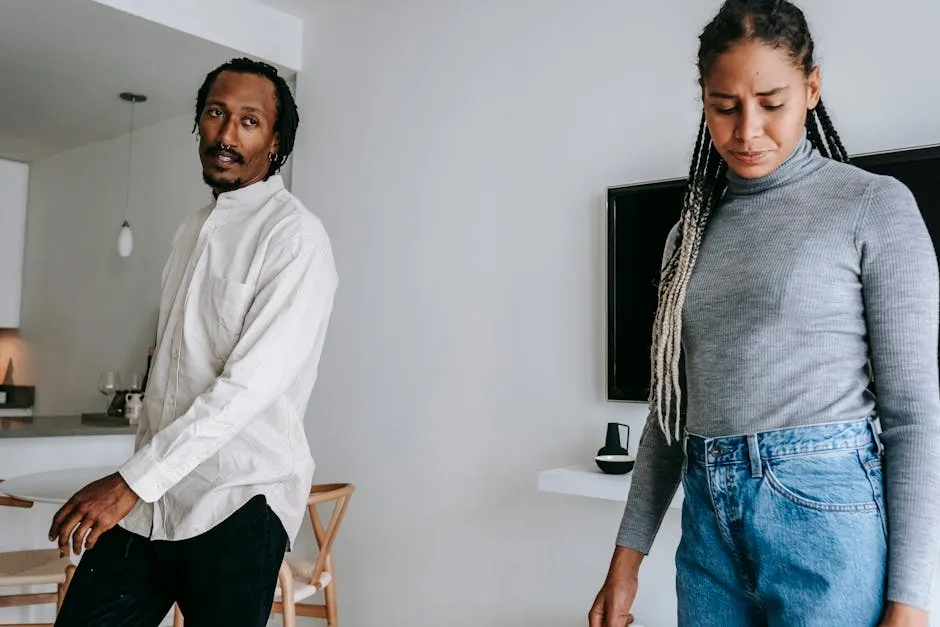
Recent Research and Findings
The Role of Scientific Studies
Recent research has shed light on the environmental impacts on hair graying. A groundbreaking study in BMC Genomics explored the genetic and environmental factors influencing hair color. The researchers found that oxidative stress, caused by external factors like pollution, plays a significant role in accelerating the graying process. They discovered that certain proteins decrease in white hair, indicating a loss of melanin production. This suggests that protecting our hair from environmental stressors may slow down or even reverse graying.
Moreover, another study highlighted the intriguing possibility of hair repigmentation. It indicated that lifestyle changes, such as improved diet and reduced stress, could potentially restore hair color. Imagine sipping your green tea while your hair decides to revert to its youthful glory!
Key Discoveries
Among the key discoveries, researchers have pointed out that psychological stress and oxidative stress are intertwined. A study in Frontiers in Physiology established a clear link between stress and the depletion of melanocyte stem cells. This means that managing stress not only helps our mental health but may also keep our hair looking its best.
Additionally, the focus on nutrition cannot be ignored. Research shows that deficiencies in vitamins like B12 and D3 contribute to premature graying. By incorporating nutrient-rich foods, we can take a proactive approach to maintain our hair color. Don’t forget to consider Omega-3 Fish Oil Capsules as they can also support overall health!
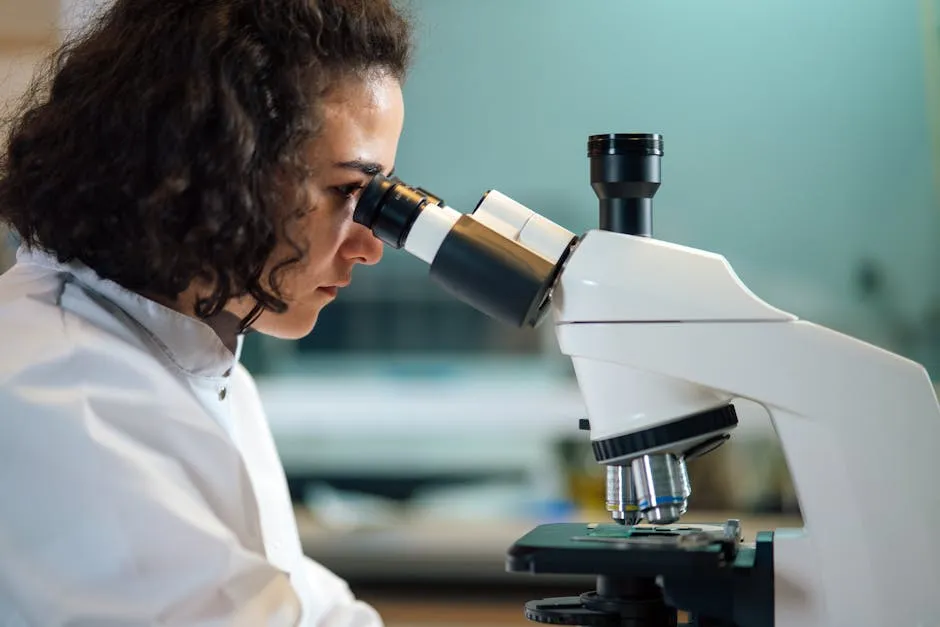
Case Studies
Consider the case of a 30-year-old individual who noticed an alarming increase in gray hair following a particularly stressful year. After implementing stress management techniques, including yoga and dietary changes, they reported a decrease in gray hair and even some repigmentation. This anecdote illustrates that lifestyle changes can indeed have a tangible impact on hair health.
In another case, a group of college students, all under 25, reported similar experiences of premature graying due to high academic pressures. After a wellness program that included stress management workshops and nutritional counseling, many participants noticed not just a decline in new gray hairs, but some even experienced regrowth of their original hair color.
These real-life examples reinforce the idea that environmental factors, coupled with our lifestyle choices, significantly influence hair graying. By taking charge of our stress and making healthier lifestyle choices, we may just find a way to keep our hair looking vibrant and youthful!
Practical Tips for Prevention and Management
Hair Care Strategies
Protective Measures: Protecting your hair from environmental damage is crucial. Start with UV protection. Look for hair products that contain UV filters. Think of them as sunscreen for your hair! Regular cleansing is also essential. Use a gentle shampoo to remove pollutants and buildup. Consider incorporating a clarifying shampoo once a week. This helps clear out any environmental debris that may cling to your locks.
Another great option is to wear hats or scarves when out in the sun for extended periods. Not only do they add style, but they also shield your hair from harmful UV rays. Additionally, avoid excessive heat styling. If you can’t resist the flat iron, use a heat protectant spray first. Your hair will thank you!
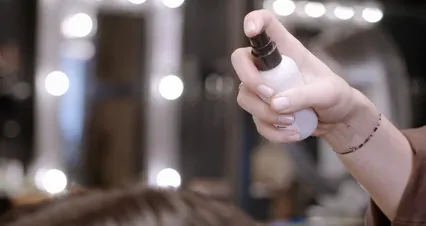
Dietary Changes
What goes into your body significantly affects your hair health. A balanced diet rich in essential vitamins and minerals is key. Here’s a list of foods to include:
- Leafy Greens: Spinach and kale are loaded with iron and calcium.
- Fish: Salmon and mackerel are high in omega-3 fatty acids.
- Nuts and Seeds: Almonds and walnuts provide vitamin E.
- Berries: Blueberries and strawberries are rich in antioxidants.
- Eggs: Packed with protein and biotin, helping in keratin production.
- Legumes: Lentils and beans are excellent sources of zinc and iron.
Incorporating these foods into your meals can boost your hair health. And remember to stay hydrated! Water helps maintain moisture in your hair, keeping it shiny and vibrant.

Stress Management Techniques
Lifestyle Adjustments: Stress management is not just for your mind; it benefits your hair too! Incorporate stress-reduction techniques into your daily routine. Yoga is a fantastic way to relax. It combines movement with mindfulness, offering both physical and mental benefits.
Mindfulness meditation can also work wonders. Just a few minutes a day can help you center yourself and alleviate tension. Try guided meditation apps or local classes.
Don’t forget the power of deep breathing exercises—inhale deeply through your nose and exhale through your mouth, focusing on calming your mind.
Lastly, engage in hobbies that bring you joy! Whether it’s painting, gardening, or reading, taking time for yourself can significantly lower stress levels and help maintain healthy hair. And if you’re feeling adventurous, why not try an Adult Coloring Book for Stress Relief? It’s a fun way to unwind!
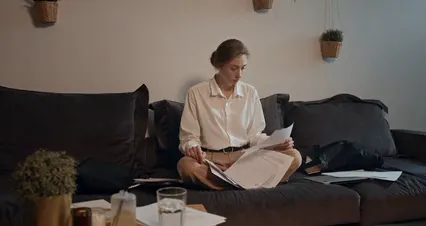
Conclusion
In summary, environmental factors like UV exposure, pollution, and poor diet play significant roles in hair graying. By adopting protective hair care strategies and making mindful dietary choices, you can mitigate these effects. Don’t underestimate the power of stress management techniques either. Engaging in stress-reducing activities can enhance not only your mental well-being but also your hair health.
So, take charge of your hair care routine! Consult professionals for personalized advice tailored to your unique needs. The journey to maintaining vibrant hair is not just about aesthetics; it’s a reflection of your overall well-being. After all, caring for your hair is just another way to show love to yourself!
Understanding the impact of environmental issues on hair health is essential. Every effort you make to protect your hair contributes to a greater cause—your personal health and the environment around you. Embrace this journey, and your hair will shine bright for years to come!
FAQs
What are the main causes of premature graying?
Premature graying can result from genetics, environmental factors, nutritional deficiencies, and stress. Each plays a role in reducing melanin production in hair follicles.
Can dietary changes reverse gray hair?
While dietary changes can support hair health, they may not reverse gray hair. However, a nutrient-rich diet can slow the graying process and improve overall hair vitality.
How do environmental factors specifically affect hair health?
Environmental factors like UV radiation and pollution contribute to oxidative stress, damaging hair follicles and leading to premature graying.
Is stress the only psychological factor influencing hair graying?
No, while stress is a significant factor, other psychological elements like anxiety and depression can also play a role in hair graying.
What preventive measures can I take for my hair?
Use UV protection, maintain a balanced diet rich in vitamins, manage stress through relaxation techniques, and keep your scalp clean and healthy.
Please let us know what you think about our content by leaving a comment down below!
Thank you for reading till here 🙂
And don’t forget, a little TLC goes a long way! Consider pampering your hair with a Moroccan Oil Treatment for that extra shine!
All images from Pexels




